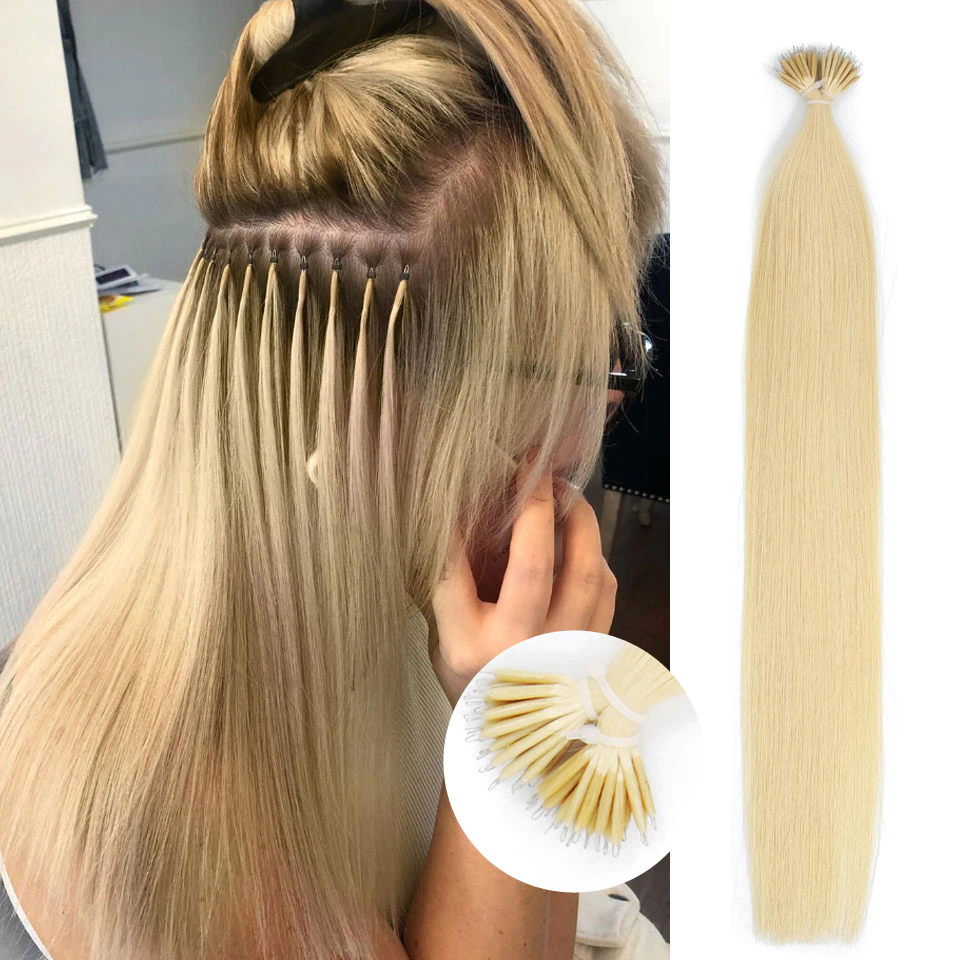From the beginning of time, women have cared for their hair. As 2005’s Most Popular Yaki Straight Clip In Hair Extensions far back as 4000-300 B.C. Egyptian women and even men are shown with various wigs and elaborate hair styles. Hair is a contributing factor to ones confidence and serenity. Our culture strongly identifies femininity with a thick, lustrous head of hair. Images of full bodied, shining hair are synonymous with female attributes, sexuality, desirability and vigor. Thinning, dry, lusterless hair is identified with illness, old age, and poverty.
Every generation goes through more and more transformations and capitalizes on current trends of Hair Styles. The big Hair Style trend these days is in full swing in Europe and is just starting to spread in the United States. It is the trend of Hair Extensions. Hair extensions involve the attachment of human or synthetic hair to your existing hair to create a more full or long look immediately. Hair extensions can add instant body, length to your look and can also help with hair thinning and hair loss situations.
There are many different methods of hair extensions on the market today, some good, some not so good. Mark Sharp, co-founder and creative director of Mark Glenn Hair Enhancement of London, England and Glenn Kinsey, co-founder and managing director have taken revolutionary steps in developing a fiber hair extension method that not only doesn’t damage the existing hair but can even improve the condition of the hair. They have transformed the lives of women who suffer from varying degrees of hair loss caused by conditions such as alopecia, trichotillomania, genetic factors, stress and post-operative trauma.
The Mark Glenn extensions, commonly known as MG extensions, use no glues, bonding solutions, threads, weaves, injections, and nothing is stuck on the head. They are attached using a very fine braid. A small section of existing hair is split into two. The fiber hair is also split into two to make the braid and is finally wrapped around the base of the hair, protecting it. The fiber is then “sealed on itself” using a heat tool (which is no hotter than a typical pair of curling tongs or crimpers). This creates a tiny plastic seal. It’s important to point out that during this process, your own hair is safely “cocooned” inside the fiber so it doesn’t come into direct contact with any heat. Therefore, your own hair stays in perfect condition. For hair loss or thinning problems, the extensions are applied with non-allergic mesh and the fiber hair is woven through the mesh to create the look.
Glenn Kinsey of Mark Glenn Hair Enhancement has joined us today for a brief question and answer session on their fiber hair extensions.
Welcome Glenn and thank you for joining us today! We have a few questions for you about your wonderful hair extensions.
Question: I understand that you and Mark have previously worked with human hair extensions. Why did you switch to synthetic fiber extensions?
Answer: Several reasons:
1. Weight – human hair is twice the weight of fiber and therefore feels “heavy” on the head – at its worst, this increased weight and stress on the hair can cause “traction alopecia”. In addition, human hair is porous – it soaks up water – which can significantly increase the weight when wet.
2. Tangle – human hair tends to “matt” and “tangle” – this is because the surface of human hair has little “spines” on it, that look like roof tiles under a microscope. Because this “alien” hair isn’t being conditioned by the natural oils that condition your own hair, these “spines” tend to “stick out” and tangle up with the other hairs on your head. Consequently, you do need to use quite intensive conditioners to keep the hair in good condition. Fiber, however, has a smooth surface and therefore is less likely to tangle.
3. Glue – human hair extensions are typically applied with glue and removed with acetone – a recipe for damage, the results of which we regularly see in our studio. Our method doesn’t use any chemicals.
4. Colour match – a stylist using human hair would typically take a swatch of the client’s hair and send it to a human hair supplier who would then pick the closest colour from a specific range. We actually colour-blend our hair with the client in front of us – taking into account all the different subtle shade shifts that may exist in their hair – to get an absolutely perfect match
5. Ethics – there’s a great deal of mystery surrounding the origins of human hair used in extensions and it’s very difficult to track the exact source. A common source for top quality hair is from female Russian prisoners, for example
6. Look and feel – fiber looks and feels just like real hair but is much kinder to the hair and is much easier to style and take care of.

